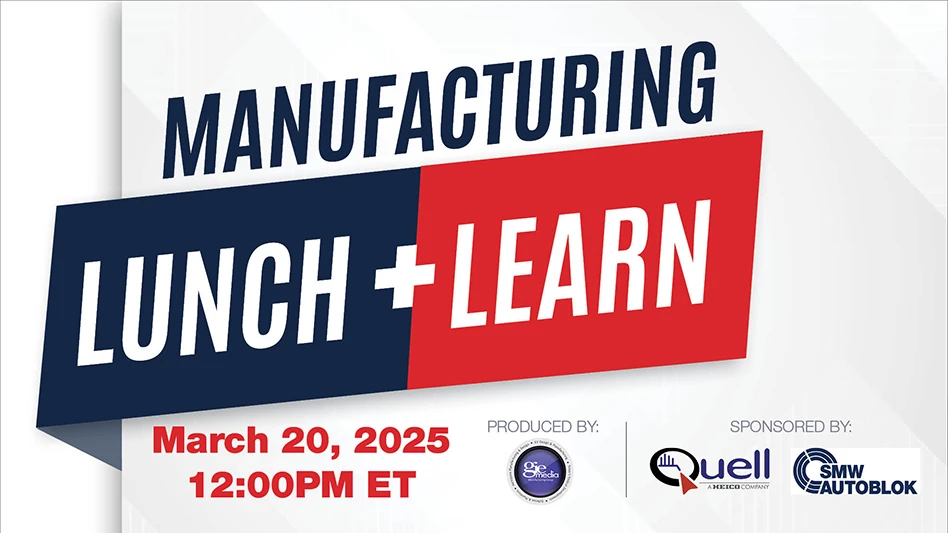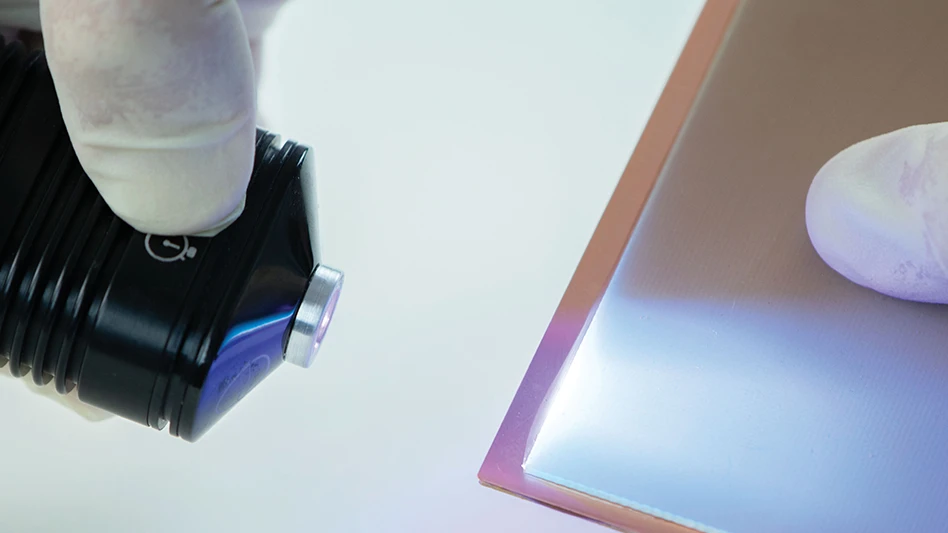
When launching new med tech products successfully in today’s marketplace, the question is “What does it take to innovate to win in 2018?”
Whether you are a small, medium, or large entity, the ingredients to a successful new product launch are similar. The Top 10 factors include:
Clinical unmet need: Some companies start with the innovation, then try to find the market opportunity. The most successful companies find clinical unmet needs first, knowing market opportunity will follow.
Market opportunity: Size does matter. Given the time and cost it takes to bring a med tech product to market, one needs a sizeable, addressable market to obtain the return on investment (ROI) necessary to justify early stage investments.
Intellectual property (IP): Freedom to operate (FTO) is a minimum price of admission for a market. Patents can protect a market opportunity and add value for your company.
Clinical evidence: Building a better Band-Aid used to be enough to get clinicians to try an innovative new product (especially with a 510K predicate device trail). In 2018, producers must have validated clinical evidence and clinical references – known as key opinion leaders (KOLs).
Regulatory pathways: Understand and plan for the pathways to a successful regulatory clearance for each geography targeted.
Reimbursement: Critical to market adoption is the reimbursement plan for a new innovation. Clinical evidence must include an economic justification that outlines the total cost/benefit of product use, in addition to proof that the product works.
Channel efficiency: Whether taking a product directly to market or using strategic partners, leverage efficiencies existing in the channel today.
Team: The team’s capability to properly communicate the opportunity and execute the plan has never been more important. Focusing on using minimal capital to get to market is essential for organizations, large and small.
Strategic fit: For medium and large companies, the innovation needs to fit within existing markets and/or roadmap opportunities. Smaller companies often rely on the strategic fit of another company as a channel partner (distributor or strategic company).
Negotiation skills: For medium and large companies, have the right team capable of negotiating successfully with large customers. On a global basis, the size of the deciding customer is becoming larger (either governments or large hospital groups or even payors). Smaller companies must successfully negotiate with the channel partner (distributor or strategic company) to ensure proper prioritization of sales/marketing activities for a successful launch (or even possible acquisition, as appropriate).
Taking the correct pathway to clinical adoption in the marketplace is vital to success. It is often surprising to us that one (or more) of the above items are overlooked early in a company’s development stage (product development process).
Be sure to Innovate to win with your next project. Cover all the key items and increase your opportunities for success. And, remember that Value = Strategic Fit + Timing!
MedWorld Advisors
www.medworldadvisors.com

Explore the September 2018 Issue
Check out more from this issue and find your next story to read.
Latest from Today's Medical Developments
- Kistler offers service for piezoelectric force sensors and measuring chains
- Creaform’s Pro version of Scan-to-CAD Application Module
- Humanoid robots to become the next US-China battleground
- Air Turbine Technology’s Air Turbine Spindles 601 Series
- Copper nanoparticles could reduce infection risk of implanted medical device
- Renishaw's TEMPUS technology, RenAM 500 metal AM system
- #52 - Manufacturing Matters - Fall 2024 Aerospace Industry Outlook with Richard Aboulafia
- Tariffs threaten small business growth, increase costs across industries





